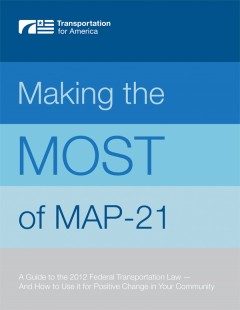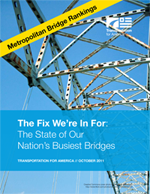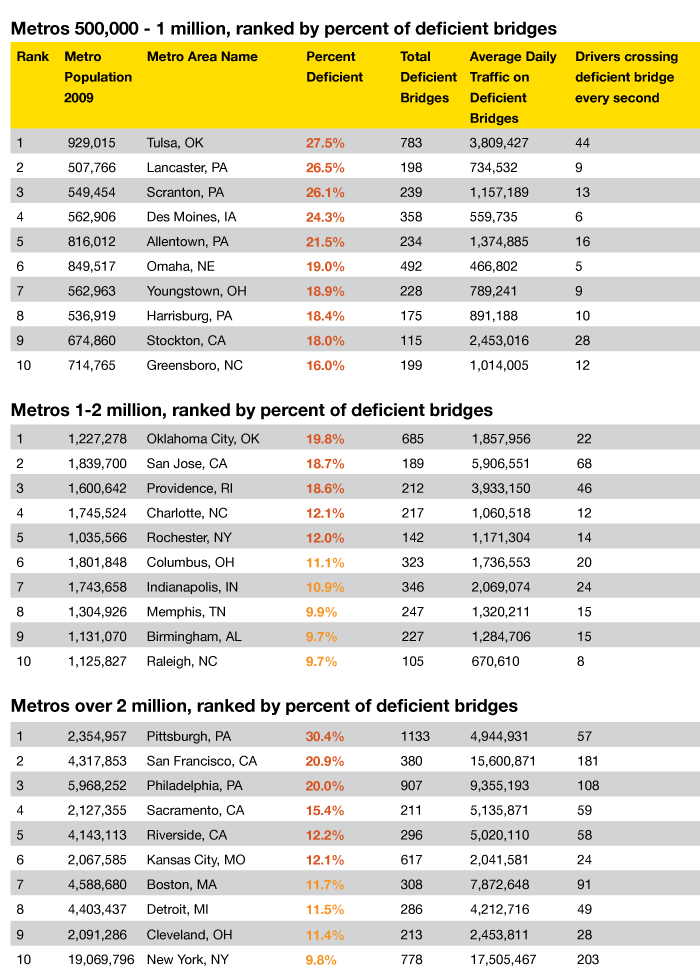
Transportation for America announces a new 20-person advisory board representing ambitious communities and organizations from across the country.
For immediate release
WASHINGTON DC — Today, Transportation for America announces the creation of a new advisory board to guide the organization’s strategic direction, bringing powerful local voices to T4America’s work ensuring that states and the federal government step up to invest in smart, locally driven transportation solutions.
The diverse 20-person advisory board represents regions all over the country and a wide range of experience; including mayors, city councilmembers, chambers of commerce officials, the healthcare industry, metropolitan planning officials, and non-profit advocates.
“Our local economies depend on sustained investment in maintaining and improving our roads, bridges and transit networks, so people can get to work and goods can get to market,” said board member Dave Williams, vice president of infrastructure and government affairs with the Metro Atlanta Chamber. “I’m pleased to join with local leaders and Transportation for America in providing a critical voice for local communities at the national level and invaluable on-the-ground assistance to cities, towns and suburbs across the country.”
“We are deeply honored to have these ambitious leaders from all over the country at the table with us,” said Mayor John Robert Smith, co-chair of Transportation for America and chairman of the new advisory board. “They represent the best of what’s happening in places all over the country to ensure that cities, towns and counties are rich with opportunity.”
The full advisory board, also viewable at https://t4america.org/about/advisory-board
- The Hon. John Robert Smith, former Mayor, Meridian MS (Chairman)
- The Hon. Ben McAdams, Mayor, Salt Lake County (UT)
- The Hon. Greg Ballard, Mayor, Indianapolis, IN
- The Hon. William Bell, Mayor, Durham, NC
- The Hon. Elaine Clegg, Councilmember, Boise, ID
- The Hon. Chris Koos, Mayor, Normal, IL
- The Hon. Marc Morial, President & CEO, National Urban League, former Mayor, New Orleans, LA
- The Hon. Mayor Ken Barr, former Mayor, Fort Worth, TX
- Maud Daudon, President & CEO, Seattle Metropolitan Chamber of Commerce (WA)
- Ralph Schulz, President and CEO, Nashville Area Chamber of Commerce (TN)
- Mary Leslie, President, Los Angeles Business Council
- Dave Williams, Vice President – Infrastructure and Government Affairs, Metro Atlanta Chamber (GA)
- Richard A. Dimino, President & CEO, A Better City (Boston, MA)
- Arturo Vargas, Executive Director, National Association of Latino Elected Officials (NALEO)
- Leslie Wollack, Program Director, Federal Relations, National League of Cities
- Denny Zane, Executive Director, Move LA (Los Angeles, CA)
- Renata Soto, Executive Director, Conexión Américas (Nashville, TN)
- Peter Skosey, Executive Vice President, Metropolitan Planning Council (Chicago, IL)
- Mike McKeever, CEO, Sacramento Area Council of Governments (CA)
- Tyler Norris, Vice President, Total Health Partnerships, Kaiser Permanente
Contact: David Goldberg
Communications Director
202-412-7930
david.goldberg@t4america.org









